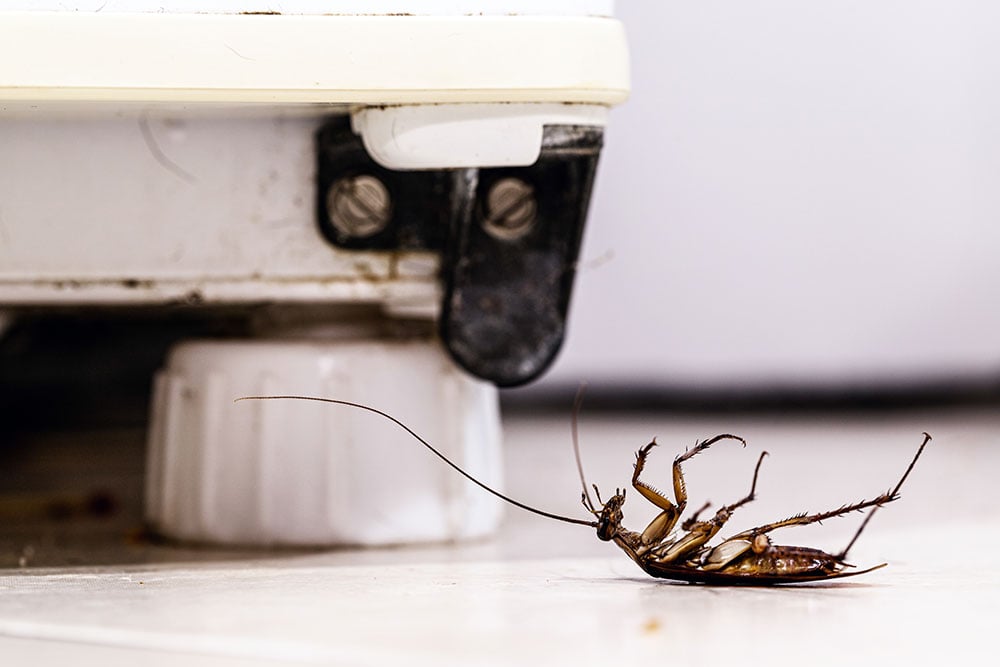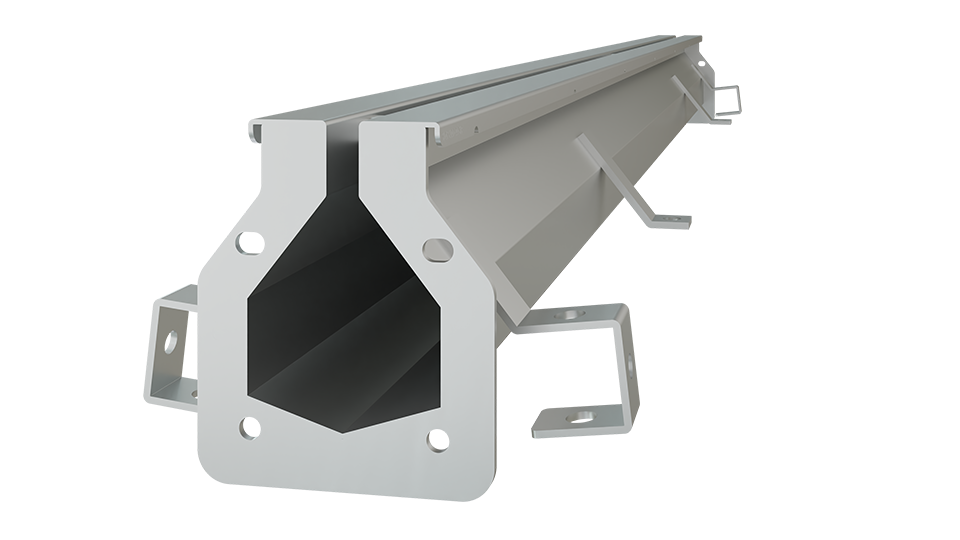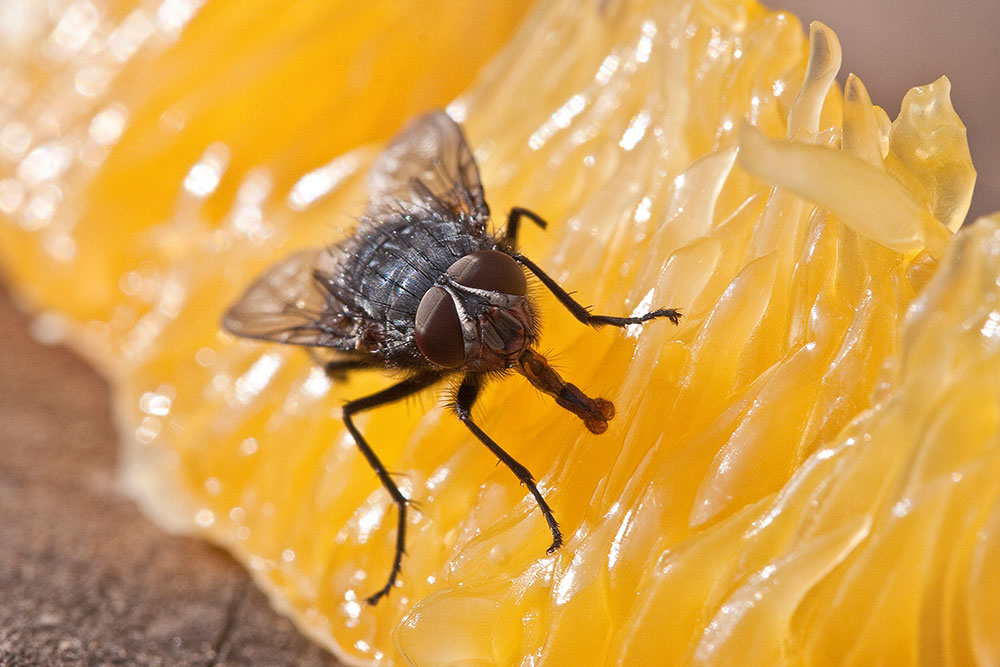Food safety programs form the foundation of the food industry. They cover many different aspects that are critical to food safety, from important equipment to specific methods that should be implemented to ensure that you are producing safe food and beverage products. One of the critical aspects is implementing a pest management program. Here is what you should know about creating a pest control program in food industry establishments and the various pest control methods available.
What is Pest Control in Food Industry Facilities?
Pest control refers to controlling, managing, and removing pests. Pest control management in food industry establishments is focused on ensuring that pests do not have access to a food facility in any way. It involves implementing various control methods and procedures that ensure pests cannot enter and contaminate food products and surfaces.
Common pests that industry professionals should be concerned about include cockroaches, flies, rodents, ants, birds, and, inadvertently, employees.
The Importance of Pest Control in the Food Industry
All pests are drawn to food. Even the smallest morsel left out can bring pests like cockroaches, flies, ants, and rodents; and once they come, it can be difficult to get rid of them. It isn’t just a nuisance for food industry professionals—it is a serious issue. Pests can:
- Carry various diseases and bacteria: Rodents can transmit diseases like salmonellosis and hantavirus, while cockroaches can trigger allergy and asthma symptoms. They aren’t the only disease-carrying pests; flies and other insects also carry harmful diseases and bacteria that can lead to serious illness.
- Cause property damage: Pests, particularly rodents, can cause serious property damage. This includes eating through containers, electrical wires, and more.
- Spread contamination: As mentioned before, pests are disease carriers. Everything they touch is subject to contamination, which risks staff and consumers’ health.
- Cause reputation damage: No consumer wants to see pests or hear rumors that you have pest issues. If this happens, they will lose their trust in you and your establishment, and you may find yourself with a visit from a health inspector.
- Can lead your business to shut down: If you don’t deal with pest issues properly and in a timely manner, you can find your business shut down temporarily or permanently.
Pest Control Methods in Food Industry Setups

When understanding how to control pest in food industry establishments, it is important to recognize that no single pest control method exists. Establishments should implement a full pest control program that uses various methods and procedures for prevention. Some of the pest control procedures in the food industry include:
1. Seal Any Gaps, Cracks, and Holes
Pests don’t need a big opening to get inside a facility. Even the smallest gap, which someone may deem inconsequential, can be an entry point for pests. It is crucial to seal these gaps to prevent the potential entry of various pests. Sealing can include:
- Caulking around windows, doors, and baseboards
- Filling gaps around pipes with a material like steel wool
- Installing mesh screens over vents and other holes
- Installing screens on doors and windows
2. Inspect All Food Deliveries
Food deliveries provide another opportune moment for pests to enter a food establishment. Employees in charge of accepting food shipments must take the time to scrutinize each delivery. They should look for visible signs of pests, such as:
- Live or dead insects
- Open packages or holes in packaging
- Pest waste
- Fresh produce that appears to be eaten
A delivery should be rejected and sent back if it shows any of these signs.
3. Store Food Properly
Another one of the critical pest control methods in food industry establishments is to store foods in airtight containers. Certain pests, like rodents, can easily eat their way into some containers and packaging, which makes storing them properly essential. Shelf-stable foods should be kept in airtight plastic or glass containers. If foods can be safely stored in a refrigerator or freezer, they should go there, as pests won’t be able to get in.
You never want to keep food on counters overnight, which will attract pests. Similarly, if employees step away from food while preparing it, they should ensure that it is covered.
4. Maintain a Clean Facility
The most important and most effective way to control pests in a food establishment is to maintain a clean facility. Even the smallest amount of food residue can attract pests, so taking the time to thoroughly clean and sanitize your floors and food contact surfaces will help to eliminate residue, so there is nothing for pests to find. Have a checklist of what cleaning tasks employees should be completing at the end of the day, and check to ensure that they are completing tasks as expected.
5. Take Out Trash Regularly
Food establishment trash is full of food scraps that will be attractive to pests. By taking out the trash every time a bag gets full, you aren’t giving pests a chance to come digging. Employees must ensure there is no trash within the facility at the end of the day that would be left overnight.
6. Use Trash Cans and Dumpsters with Secure Lids
Pests like rats and raccoons are experts at getting into trash cans and making them a home, which is the last thing you need. You’ll need to ensure that your trash cans or dumpster are free from gaps and cracks that pests could use as an entry point. Ideally, you want to ensure that your trash can lid is secure, possibly even lockable.
7. Ensure There is No Litter Outside
Litter is something else that can attract pests. At least once a day, employees should go outside to clean up any litter that could attract or house pests. This includes wrappers, food scraps, empty takeout containers, and more. These are small things that can have a significant impact on pest control methods in the food industry.
8. Don’t Leave Water Standing
Standing water has many negative effects, inside and out. Besides being damaging to your property and a safety hazard, it can serve as a breeding ground for bacteria and harmful pathogens. It can also attract pests, particularly disease-carrying flies, who lay their eggs in this water. Once these pests have taken root, they can be difficult to eliminate without professional help.
9. Install a Floor Drain System
Floor drainage is essential in order to clean effectively and prevent pest infestation issues. A drainage system will prevent standing water and remove dirty wastewater from the premises, one of the things that many pests are attracted to.
FoodSafe Drains offers numerous food-safe drainage systems like their Slot Drain and Trench Drain systems. These systems are NSF-certified and constructed using T304 and T316 stainless steel, which creates a superior system resistant to bacteria and odors, and that helps to minimize the risk of pests in and around the facility. The sleek FoodSafe Slot Drain has a slim channel that eliminates the need for a drain cover while also offering sufficient flow rates. The FoodSafe Trench Drain is ideal for instances where a facility needs more significant flow rates, as it has a wider, grated channel.
10. Perform Inspections
You, or a hired professional, should take the time to go through your facility and inspect for pests every few months. Walk through the entire facility, inspect the store rooms, and look under and behind equipment, to ensure that there are no new entry points or potential issues. Document everything you see so you can keep a detailed record of each inspection in case an issue arises.
Don’t Overlook the Importance of Pest Control
Food safety is a multifaceted issue that needs to be treated with a certain level of severity. Many different things can impact food safety and sanitation, and one of them includes pests. You never want to overlook the importance of pest control in food industry facilities and establishments. Pests carry many diseases and pathogens that can ruin your food and create serious health issues among staff and consumers. We have discussed some of the steps to take for pest management within the food industry, but they are not the only ones.
Don’t overlook the importance of a reliable drainage system. To learn more about floor drainage and how it relates to pest control, contact the experts at FoodSafe Drains today and learn more about the systems they offer.



